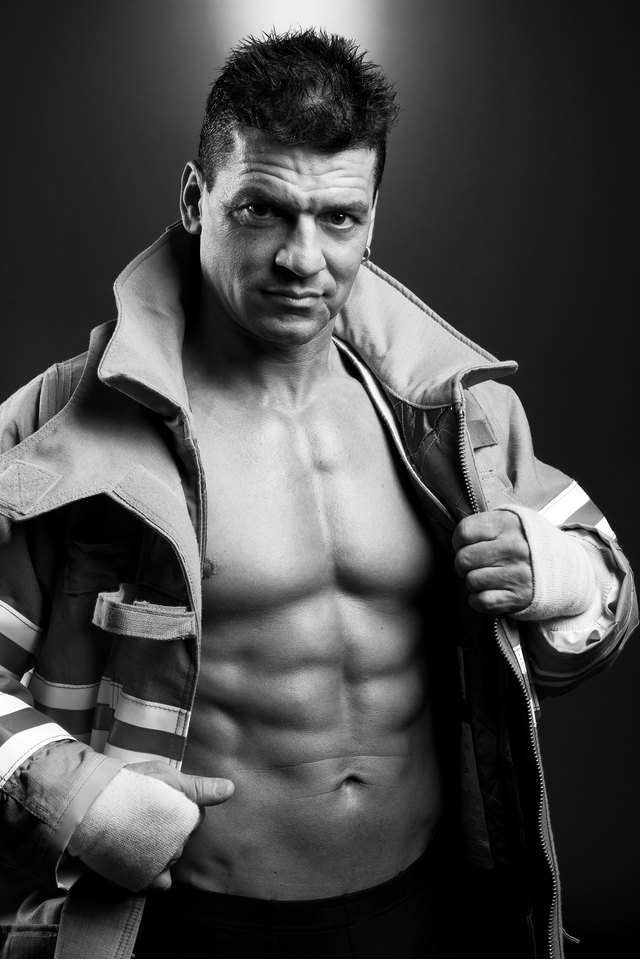Which Muscles Are Worked With Medicine Ball Russian Twists?

Your abdominals need variety if you want to see improvements, according to Len Kravitz, Ph.D. from the University of New Mexico. The medicine ball Russian twist offers a challenging workout for your core which includes your abdominal and back muscles. The American College of Sports Medicine recommends a ball weight that slows down your movement so you have to use control, but not so heavy that your form is affected.
Russian Twist
Abdominal exercises that rotate your spine, such as the Russian twist, are a necessary part of a stomach workout routine. Sit on the floor and hold a medicine ball in your hands with your arms extended straight out from your shoulders. Hook your feet under a sturdy support such as a couch if you are a beginner, or when you use a heavy weight. Bend your knees and lean slightly backward to create the shape of a "V" between your knees and torso. The contraction in your stomach begins before the exercise when you tighten your abdomen to bring your navel toward your spine. This strengthens the transverse abdominis muscle, which is the deepest layer of abdominal wall muscle tissue. Inhale and rotate your torso and the medicine ball to the right. Exhale and return the ball to the center. Repeat to the left.
Abdominals
Your abdominals are the target muscle group for the Russian twist. When performed properly, the medicine ball twist strengthens the rectus abdominus, the main stomach muscle that runs the length from the ribs to the pelvis. The RA shortens the distance between your ribs and hips, which you feel when you return the medicine ball in front of you. Your obliques, the muscles along the sides of your abdomen begin on the outside of the lower eight ribs and attach on the front of the hip bone. The obliques aid in rotating the torso during the Russian twist. You have two sets of obliques: the external and internal. Both sets contract when your rotate your torso.
Other Muscles
Your shoulders, the deltoids, contract to maintain your hold on the ball when your arms are straight. The deltoids contain three muscle heads; two of which are used during the twist. The anterior, located on the front of your shoulder and the medial, located on the side of your shoulder statically contract during the Russian twist. To help support your torso in the upright position, your erector spinae, the muscle located on both sides of your spine, is strengthened during the exercise.
Variations
The Russian twist can be modified for beginners and for those who are advanced. If your shoulders cannot tolerate the medicine ball, bend your elbows to shift the muscle focus to the front of your upper arms, biceps. This position reduces the difficulty of the twist. To add a greater stomach contraction, keep your knees bent, but elevate your feet. Another option for balance is to perform the twist with your back on a stability ball and your feet on the floor.
References
- Bodybuilding.com: Russian Twist
- Sports Injury Clinic: Medicine Ball Twist
- American Council on Exercise: Stability Ball Russian Twist
- University of New Mexico: SuperAbs Resource Manual
- American College of Sports Medicine: Selecting and Effectively Using a Medicine Ball
- Manual of Structural Kinesiology; Clem W. Thompson
Writer Bio
A mother of two and passionate fitness presenter, Lisa M. Wolfe had her first fitness article published in 2001. She is the author of six fitness books and holds an Associate of Arts in exercise science from Oakland Community College. When not writing, Wolfe is hula-hooping, kayaking, walking or cycling.
